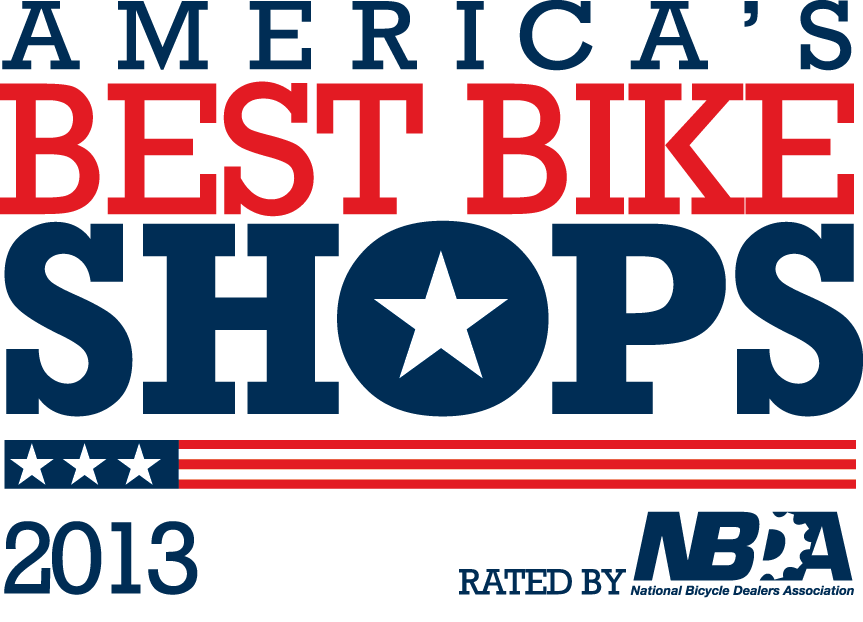Bicycling has long been recognized as one of the finest forms of exercise. Unlike running, aerobics, Tae-Bo and other fitness fads, cycling is easy on the body because the bicycle supports your body weight so you don't have to. Plus, there's no impact on the body from pedaling. Good luck! |
Top finds
- Casinos Not On Gamstop
- Migliori Siti Casino Online
- Siti Casino Non Aams
- UK Online Casinos Not On Gamstop
- Non Gamstop Casino UK
- Non Gamstop Casino UK
- Casino En Ligne Légal En France
- Non Gamstop Casinos Uk
- Casino Sites Not On Gamstop
- Non Gamstop Casino UK
- Casino Sites Not On Gamstop
- Gambling Sites Not On Gamstop
- сasinos Without Gamstop
- Casinos Not On Gamstop
- Siti Scommesse Italiani
- Best Online Casinos UK
- Gambling Sites Not On Gamstop
- Meilleur Casino En Ligne
- Non Gamstop Casino
- Casino Not On Gamstop
- Betting Sites Not On Gamstop
- Casino Non Aams
- Migliori Casino Online Italiani
- Sports Betting Sites Not On Gamstop Uk
- Bitcoin Casinos

